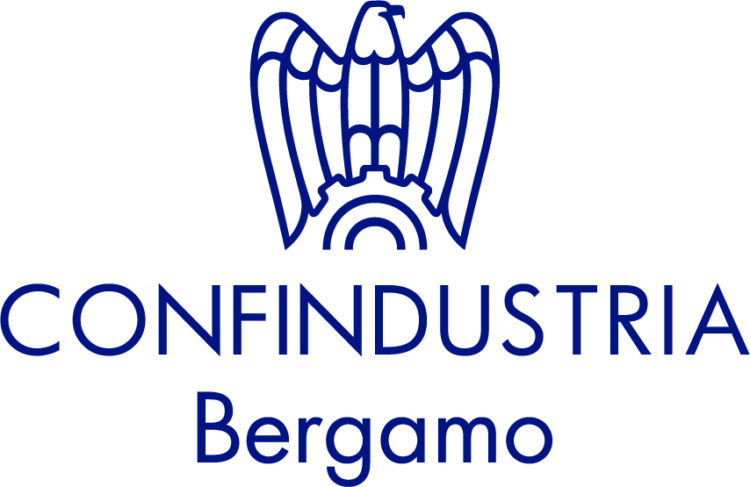The future of the distributed generation
The future of the distributed generation
In these turbulent days the energy market points to an increasing need of smart, slim and quick networks and grids that can cope with all the changing requirements of cogeneration, power, heat and a combination of all these ones.
The answer is a Distributed Generation system based on a fully integrated network of gas turbines, gas fired reciprocating engines and micro turbines, also coupled with waste heat recovery.
All these prime movers can generate power in the 2 to 50 MW range and due to many significant technologies improvements, their efficiency is making them highly competitive even with the big and complex combined cycle powerplants.
In the close future industries will buy a host of these engines to look for ways to improve reliability, reduce costs, simplify operation, reduce environmental impact, and increase earnings.

